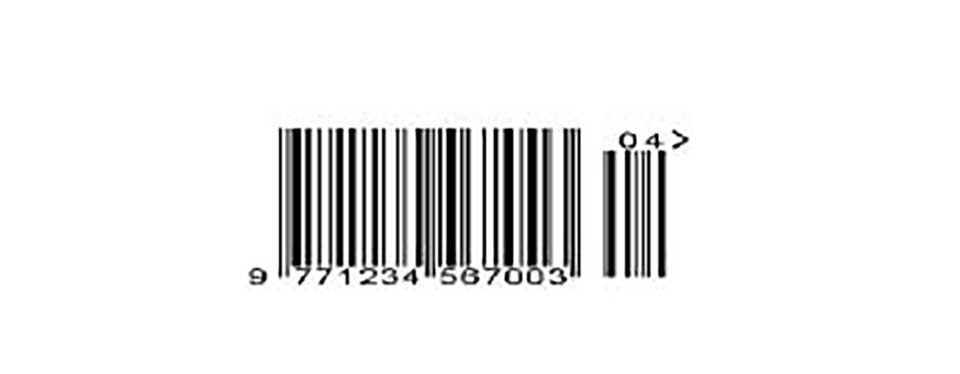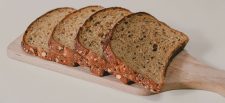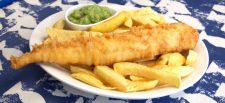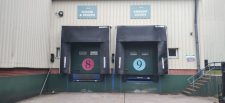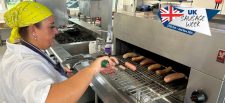The first UK barcode scan took place on 2nd October 1979, at Keymarkets in Spalding, Lincolnshire. On the 40th anniversary of the barcode in the UK, there is no doubt it has transformed industry at home and is scanned more than 70,000 times around the world every second.
Did anyone ever think that the unique number under a simple barcode (GTIN), could tell you what farm the wheat in our cornflakes came from, or if it was organic, or if the box it came in was fully recyclable?
Food industry
Impressive technology is under development which will enable consumers to scan their products to find out exactly what ingredients it contains and where they came from, meaning that a humble barcode could potentially prevent allergy deaths and reduce the need for product recalls.
New barcoding technology could allow people to see a product’s journey from start to finish – that could mean vegetables going from farm to fork, or seeing a bottle of wine go from grape to glass. The advantage of this is that if contamination enters the food supply chain, it will be possible to identify it at source, isolate it and remove the items quickly.
Barcodes could also be essential to future recycling schemes in the UK. Customers will receive money back on plastic, aluminium and glass receptacles returned to reverse-vending machines, all tracked by barcode.
Retail landscape
Barcodes are used by every key retailer and brand in the world, allowing them to uniquely identify all products so that they can easily be tracked through supply chains.
They have enabled digital marketplaces to be so successful – for example, Amazon, eBay and Google Shopping require sellers to use barcode numbers on all of their listings to authenticate products and make sure that shoppers can find, compare and buy products that they trust quickly and easily. In turn, this has helped small businesses excel online, making it easier to trade throughout the UK and expand internationally.
Forty years ago, a barcode was just a single scan on a single product. Today it’s much, much more.

